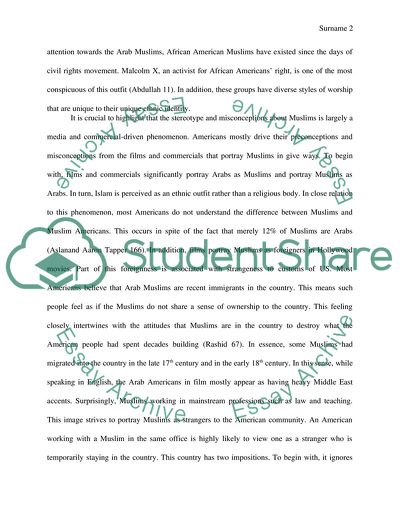Cite this document
(“American Muslims in the United States Research Paper”, n.d.)
Retrieved from https://studentshare.org/english/1650425-american-muslims-in-the-united-states
Retrieved from https://studentshare.org/english/1650425-american-muslims-in-the-united-states
(American Muslims in the United States Research Paper)
https://studentshare.org/english/1650425-american-muslims-in-the-united-states.
https://studentshare.org/english/1650425-american-muslims-in-the-united-states.
“American Muslims in the United States Research Paper”, n.d. https://studentshare.org/english/1650425-american-muslims-in-the-united-states.


